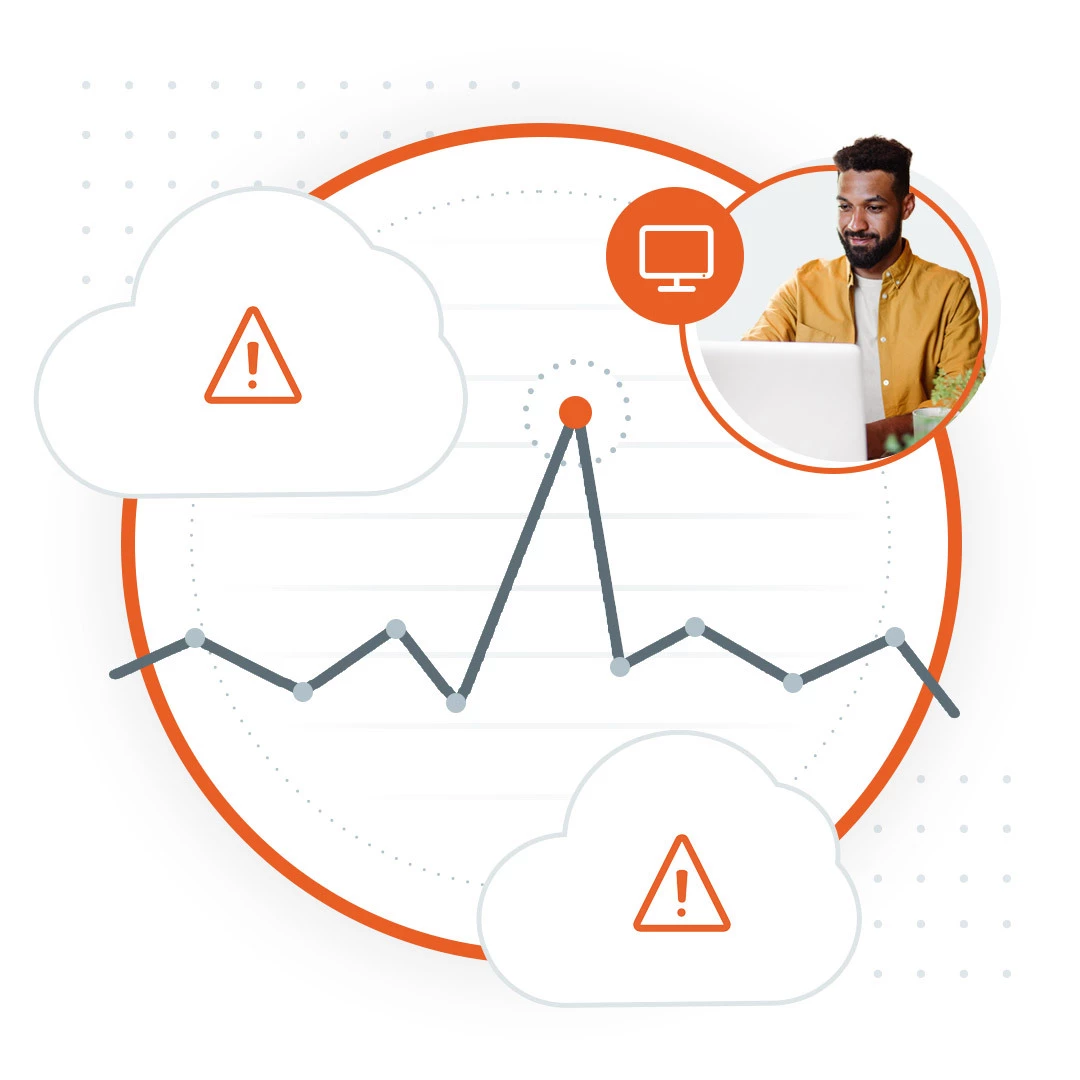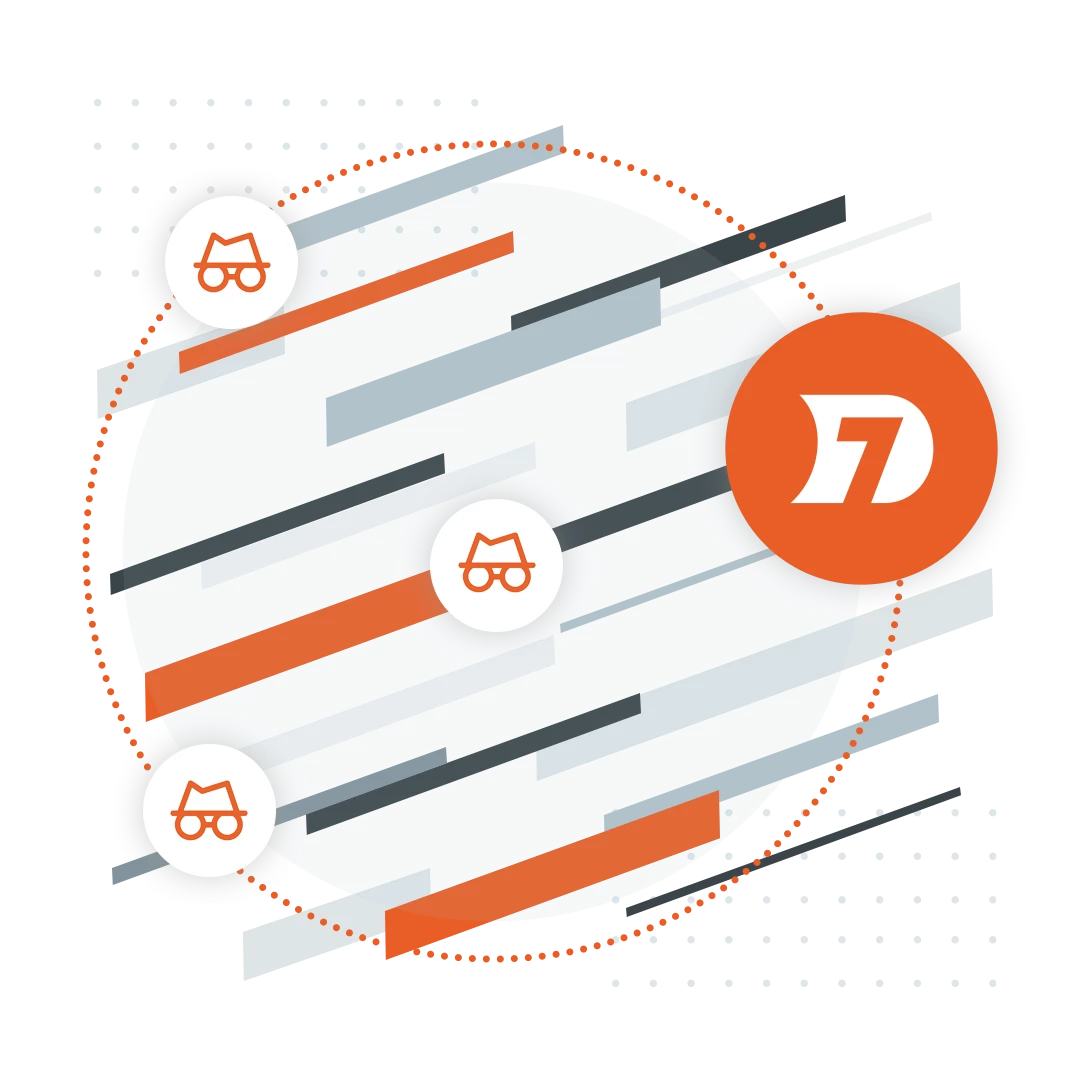Let’s talk about that “AI race”
In the race to deliver business value with AI, shortcuts are tempting. Why can Rapid7 resist? We began our AI and machine learning journey decades ago. Our approach remains thoughtful, measured, and protective of data privacy and our own security standards. Data-centric AI has been (quietly) embedded in our platform for years, powering risk and threat analysis, detecting attacks earlier, reducing response time. Now, we’ve added a generative AI engine trained on proprietary data and trillions of security events we observe weekly.
Get the benefits of AI without the burdens
Rapid7’s AI-powered platform detects threats as they happen across your environment, automatically validating if the activity is malicious, so you have the clarity and confidence to act.
AI sees subtle patterns and anomalies that a human eye cannot. It suppresses benign alerts, organizes priorities, and guides your team to what matters – all integrated into workflows.
Breaches are “inevitable” now, so be proactive, control exposures, and use AI integrations. Even short-staffed programs with novices and budget pressures can excel.
Generative AI solutions built on AWS
Now, Rapid7 supercharges SecOps in partnership with AWS. Our MDR SOC can help customers rapidly identify critical anomalies and recognize threats evolving in real time. In this guide, co-authored by AWS, you’ll learn how the Rapid7 AI Engine enables intelligent threat detection, secure AI/ML application development, and more.

News worth your time
Rapid7’s Pojan Shahrivar and Dr. Stuart Millar developed AI and ML techniques that effectively prevent 94% of brute-force DAST attacks, and eliminate the entire kill-chain at the source.
The achievement? The use of AI/ML to triage vulnerability remediation, reducing false positives by 96%. Our team took this coveted award ahead of the likes of Apple and Microsoft.
We’ve had a specialist data presence in Belfast for years. Today, it’s our largest R&D hub outside the US. At the core of our AI engineering is a data-centric approach
